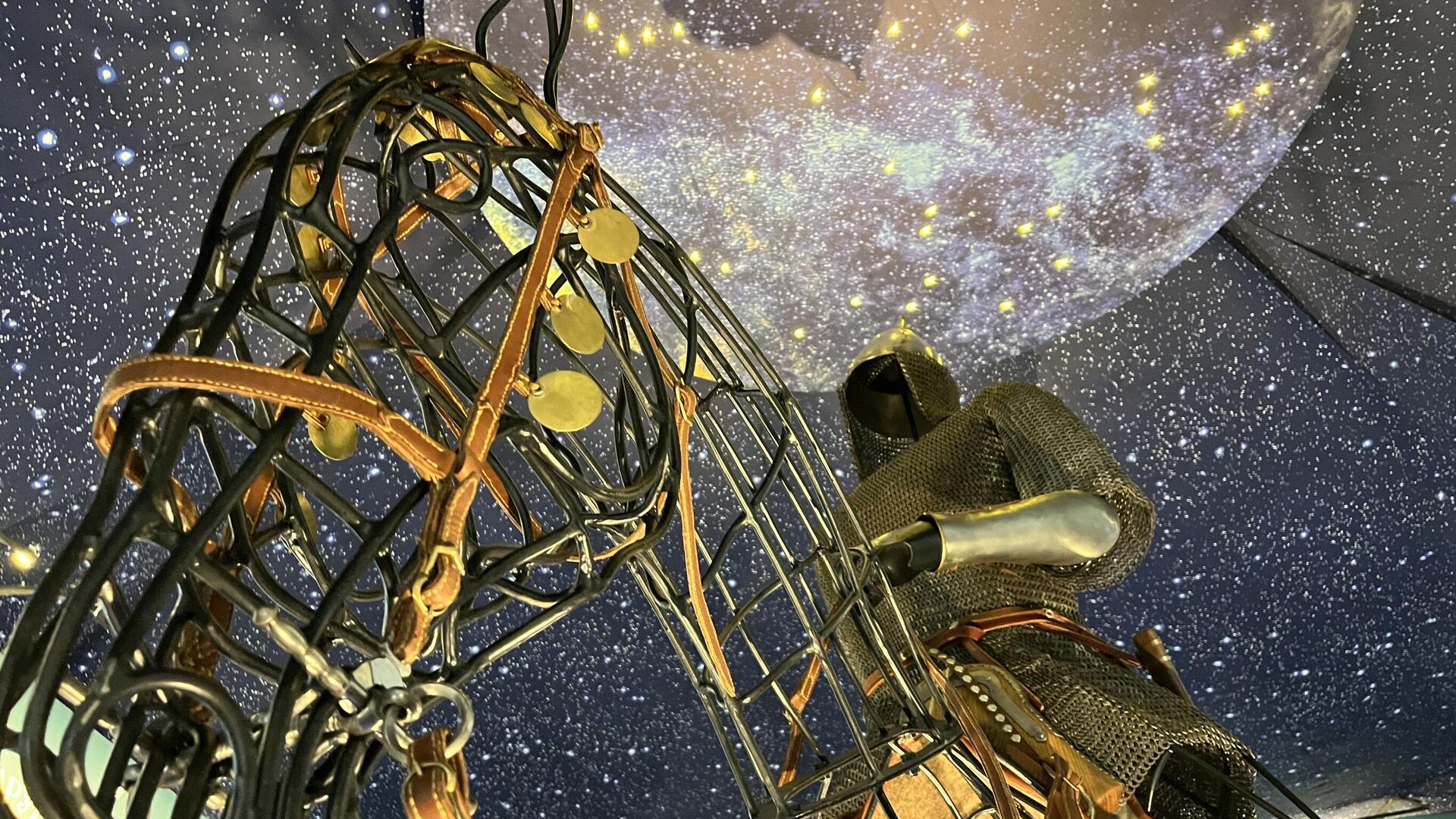
MOSCOW, June 10 The Kulikovo Field Museum-Reserve presented a unique collection of archaeological finds reflecting the life of the peoples of the Great Steppe at the time of the formation of the Old Russian state, the museum’s press service reported.
The exhibition «Warriors of the Great Steppe. The South of the Russian Plain in the 8th-10th centuries» brought together more than 200 rare artifacts associated with the peoples of the Khazar Khaganate, Ancient Rus', Volga-Kama Bulgaria, as well as with the ancient Hungarian and Slavic tribes that left the imprint of their presence on the territory Russian Plain.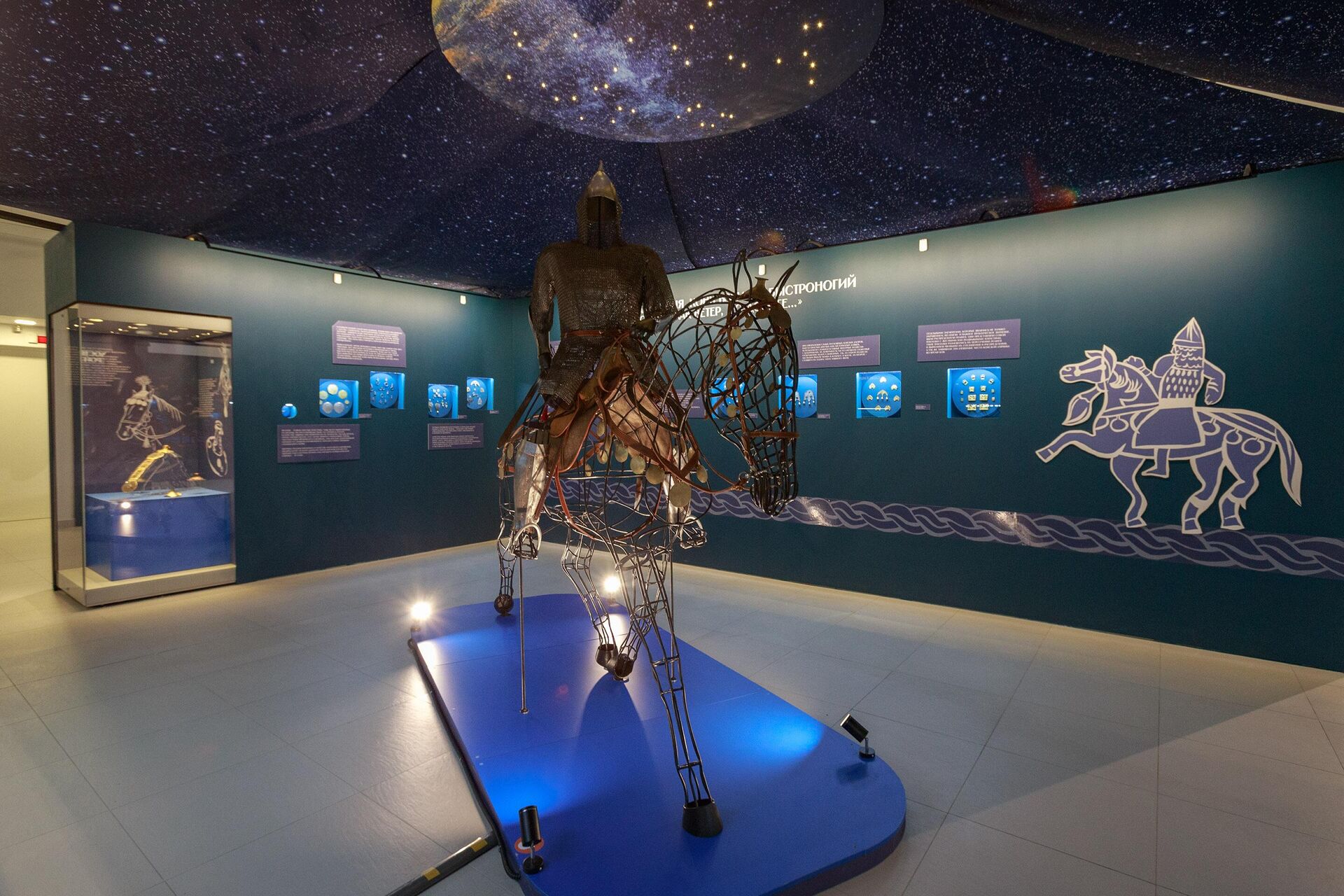
Representatives of all these tribes and peoples were in constant economic contact in the territory around the Don, Volga and Dnieper water trade routes, noted Deputy Director of the Kulikovo Pole Museum-Reserve Kristina Stolyarova.
“In the 8th-10th centuries, the south of the Russian Plain — the Don, Volga and Dnieper rivers and the space between them was controlled by the Khazar Khaganate. Gradually it gave way to the Volga-Kama Bulgaria. The emerging young Rus' and the Slavic tribes that were not included in it also came here. With each of On both sides, control over territories and trade is carried out by armed people, to whom our exhibition is dedicated. Here, even a mirror is not a female accessory, but an item of warrior’s everyday life,” she said.
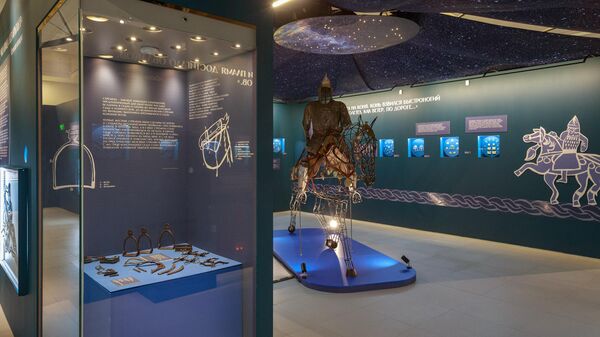
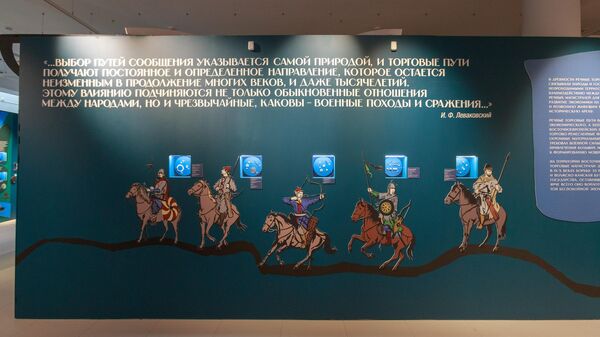
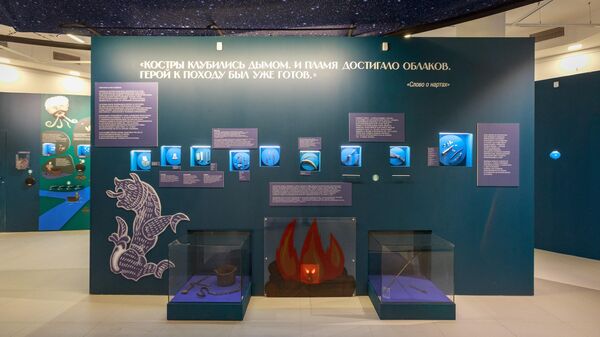

The exhibition includes interactive and game elements and is aimed at a family audience. It consists of five sections, each of which reveals different aspects of the life that warriors led in the south of the Russian plain.
The exhibition presents items of military and protective ammunition from the territories of the North Caucasus, the Black Sea region, the Volga region and the Tula region. These are sabers, battle axes, daggers and spears, archer accessories, helmets, bracers, leggings, chain mail armor, as well as decorative elements of horses and household items.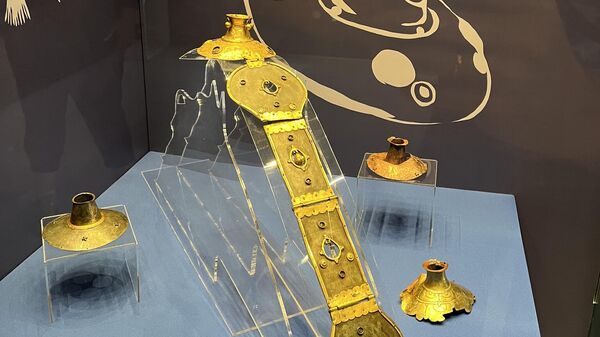
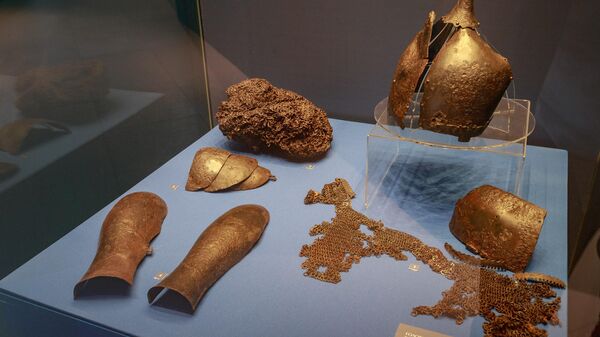
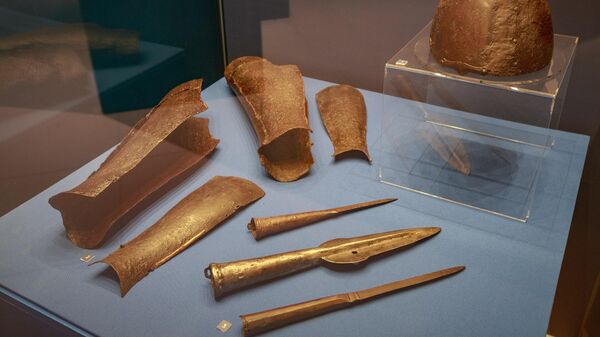
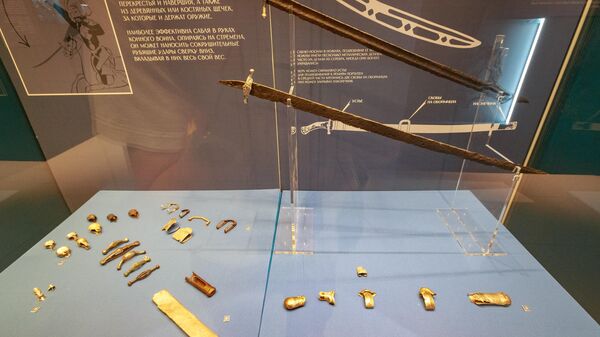
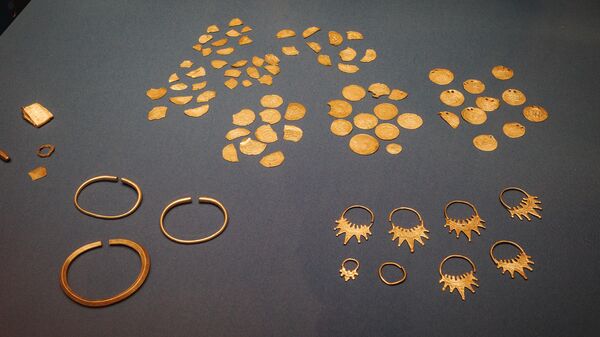
< br />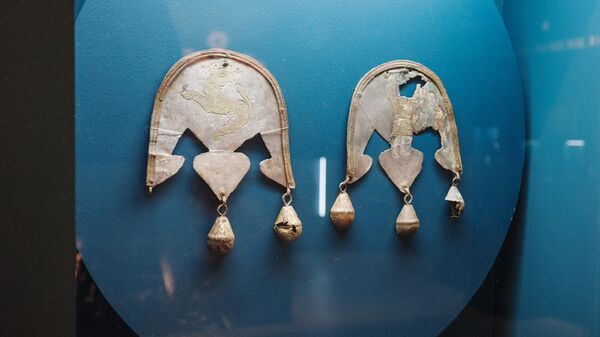
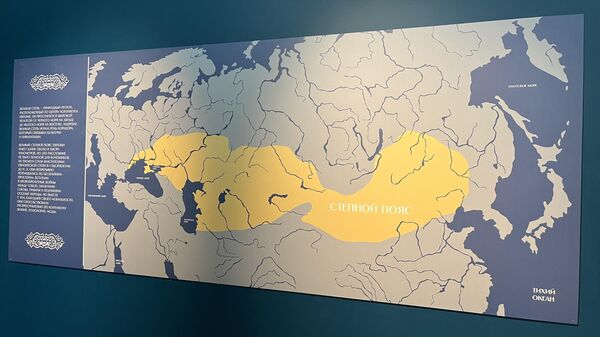
< br />
The items presented in the exhibition are richly decorated. The heroes, animals, shamans, and hunting scenes depicted on them came from the legends of the Khazar-Hungarian epic, known to all warriors of the Great Steppe of the 8th-10th centuries, noted Kristina Stolyarova.
«Why is this period so interesting and important for us? Because then, at the crossroads of civilizations, under the influence of many political and economic forces, the origins of Russian statehood were formed,” she emphasized.
The exhibition will continue its work in the Kulikovo Pole museum complex in Mokhovoy until the spring of 2026.< br />


















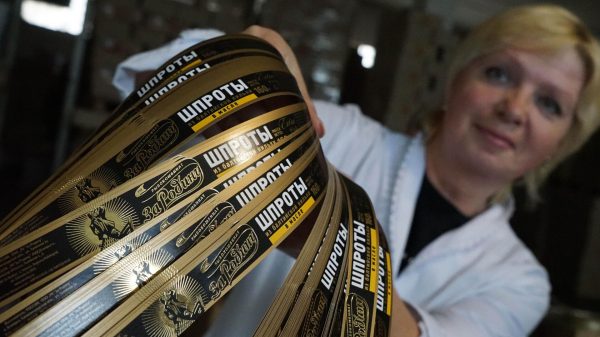
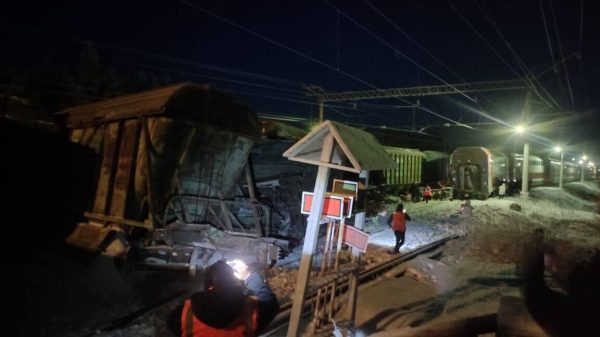

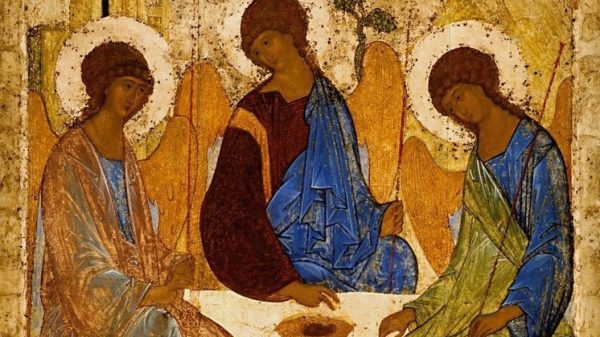
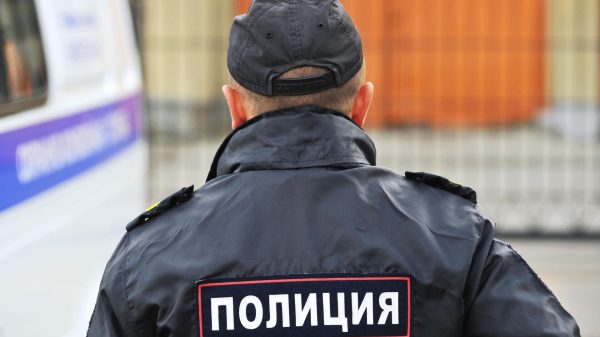

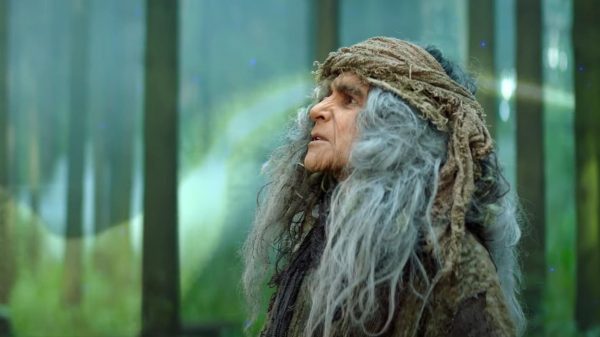
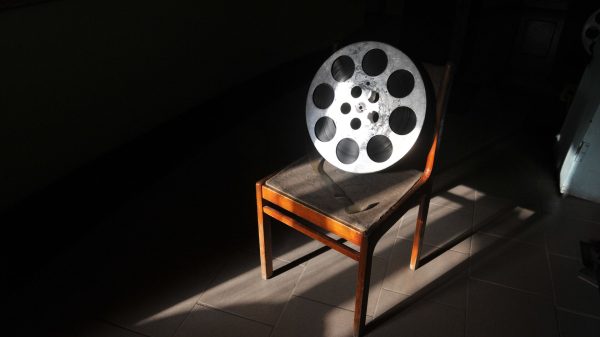

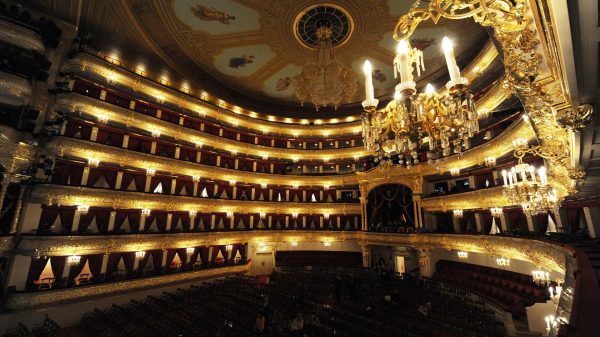

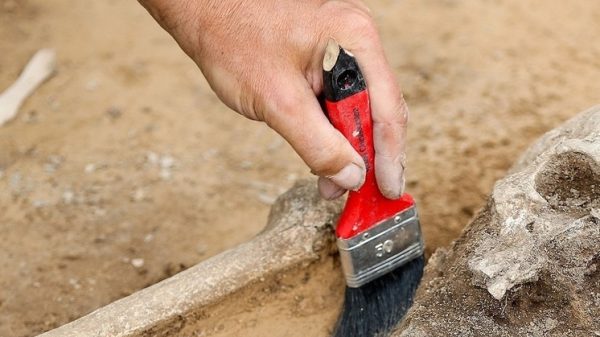





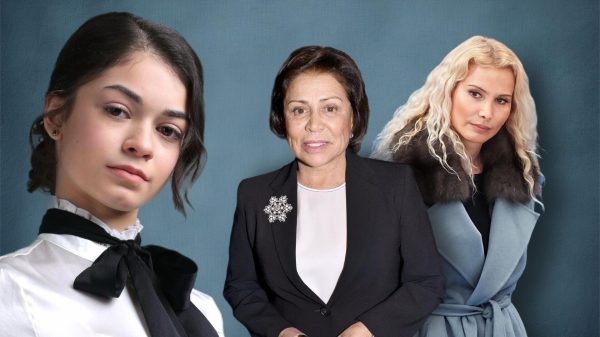






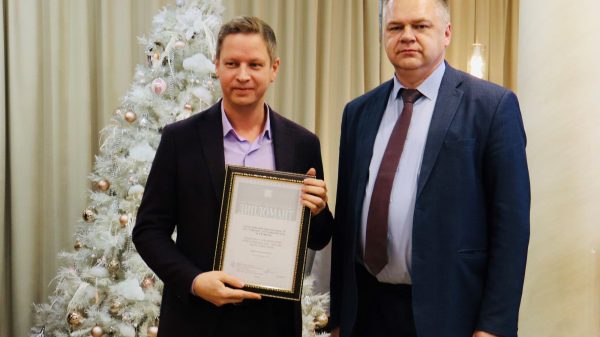




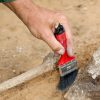





















Свежие комментарии